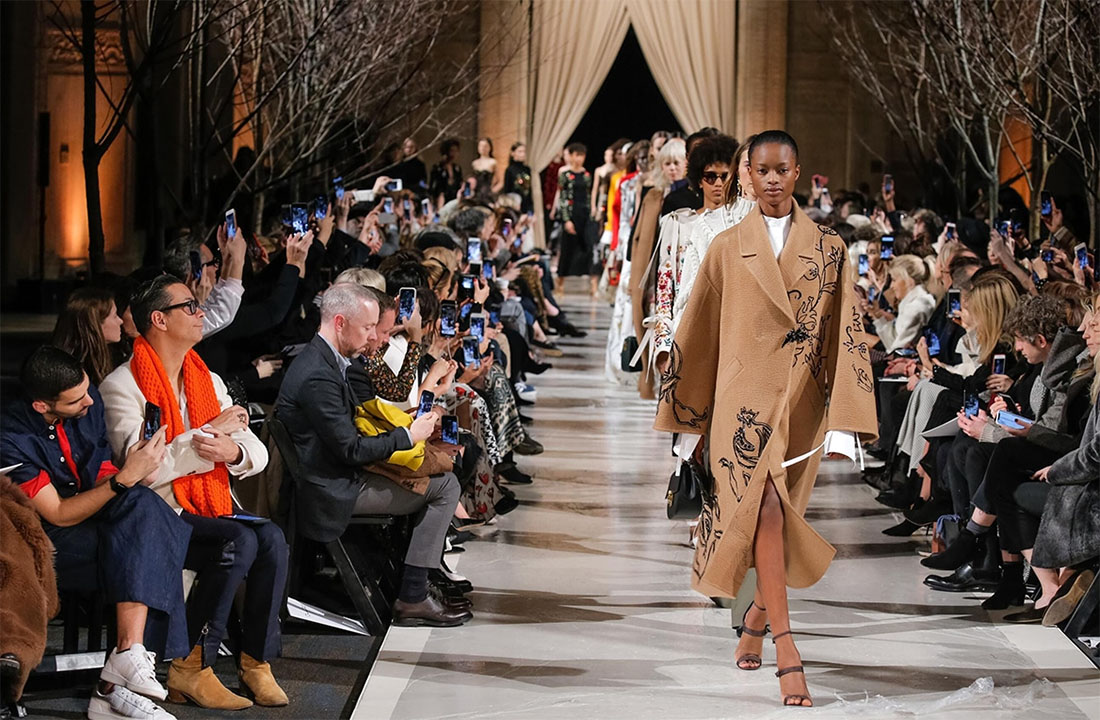
Photo Credit: Getty Images
London Fashion Week celebrated its 40th anniversary amid an evolving fashion landscape and challenging economic conditions. While the event remains a key fixture on the global fashion calendar, many designers and brands are rethinking their participation. Jonathan Anderson of JW Anderson, who has been part of the event for 15 years, described this period as "transitory," suggesting that economic challenges might prompt the industry to reassess the purpose and value of fashion weeks.
Over recent seasons, notable designers like Victoria Beckham and Christopher Kane have either relocated their shows or ceased operations, leaving gaps in the schedule. However, this year also saw significant comebacks, including S.S. Daley and Nensi Dojaka, who returned after extended absences. The star-studded front rows and industry accolades added excitement to their shows, reinforcing London's reputation as a creative capital.
Burberry's showcase was a highlight, with many looking to creative director Daniel Lee to revitalize the brand as it battles declining profits. While the show was more understated than previous seasons, it hinted at a shift towards more accessible and commercially viable designs.
This season also saw a shift in how venues were used. Iconic locations like the British Museum and Arsenal's Emirates Stadium hosted major shows, while smaller designers opted for intimate presentations. This mix of large-scale productions and more personalized showcases reflects the adaptability of the industry in times of economic uncertainty.
Despite the shifting landscape, London Fashion Week demonstrated that it remains a hub for innovation and creativity, with designers continuing to push boundaries and adapt to changing times.
















